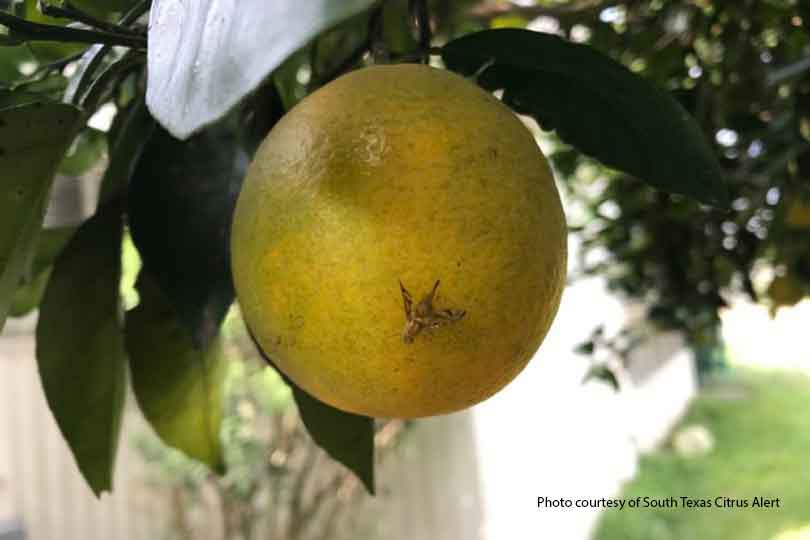By Shala Watson
Multimedia Writer
The economic losses from invasive species cost the nation up to $120 billion a year, according to Eduardo Varona, a state operation coordinator for the U.S. Department of Agriculture (USDA) Animal and Plant Health Inspection Service (APHIS).
There are 19 species of invasive pests, mostly insects that are easily moved by people.
As temperatures begin to warm up during the spring, many of these pests emerge and begin destroying crops, plants and trees. The Lone Star State battles many of these pests, including the Asian citrus psyllid, the Mexican fruit fly and the red imported fire ant.
“Currently Texas is dealing with the Asian citrus psyllid and the worst disease of citrus known as citrus greening disease. It was first found in the U.S. in 2005 and has made its way over to Texas,” Varona told the Texas Farm Bureau (TFB) Radio Network.
The USDA has amplified it’s public outreach with Hungry Pests during April, which is known as Invasive Plant Pest and Disease Awareness Month.
The impact of invasive pests has a spiraling effect throughout the economy.
“There are direct and indirect costs because of damage to crops, forests and ecosystems,” Varona said. “In addition to that, [there are] expensive control and eradication efforts. When you lose crops, jobs can be lost—thousands of jobs.”
The impact can also be reflected in food prices at the grocery store when crops are lost.
Varona noted it only takes one person to move something they shouldn’t to unintentionally spread pests to new areas. One way to keep pests from spreading, he said, is to refrain from moving untreated firewood.
“The easiest thing to do really is to buy or gather firewood responsibly near the place where you will burn it,” he said. “Don’t take it from your home all the way across the state or into another state.”
The Mexican fruit fly affects citrus production in Texas. The fly lays eggs inside of the fruit. The larvae then grow and feed within the fruit, and destroy it, according to the Texas Invasive Species Institute.
“One person bringing fruit across the Southern border, for example mangos that could be infested with the Mexican fruit fly, could be the cause of infestation in Texas,” Varona said.

